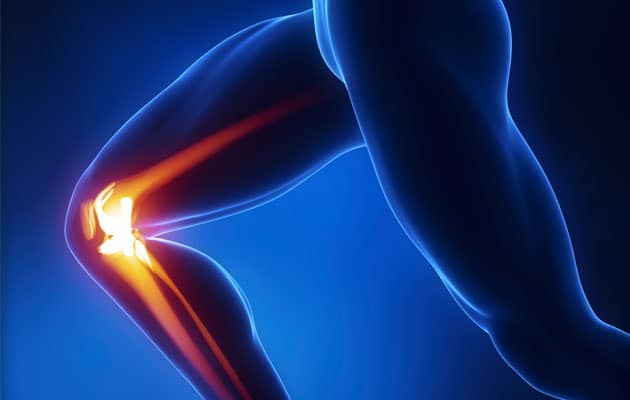
Osteoarthritis
Osteoarthritis
Osteoarthritis
For decades, osteoarthritis has been considered a part of aging. But not anymore. Recent research points out that older people don’t have to suffer from osteoarthritic pain. And, surprisingly, people much younger than 65 can develop osteoarthritis.
Osteoarthritis
or degenerative joint disease, affects more than 20 million Americans and is more common in women than in men. The disease affects the cartilage – slippery tissue on the ends of bones that meet in a joint. Normally, cartilage helps bones glide over one another. In an OA patient, however, the cartilage is broken down and eventually wears away. As a result, instead of gliding, bones rub against each other, causing pain, swelling, and loss of motion. Although the majority of patients with OA are 65 and older, recent research shows that OA is not a by-product of aging. Family history of OA, being overweight, lack of exercise, and prior joint injuries are suggested as risk factors.
Symptoms include: steady or intermittent joint pain; joint stiffness after sitting, sleeping, or otherwise not moving for a long time; swelling or tenderness in the joints; and a crunching feeling or the sound of bones rubbing against each other.
One of the most common questions I am asked is how exercise affects. Exercise is one of the best forms of treatment and prevention. It strengthens the muscular support around the joints and improves and maintains joint mobility and function. In addition, exercise helps control weight and improve the mood and outlook – important factors influencing the severity of the symptoms. These are some tips on exercising with OA:
1. Low-impact or non-weight bearing activities, such as walking, stationary training, and lightweight training work best.
2. Use strengthening exercises if the key muscle groups that relate to the function of the joints are weakened by the degeneration. Examples include quadriceps strengthening and core exercises for the back.
3. If you are overweight, start exercising carefully, so as not to put too much stress on the knee and ankle joints.
4. Stair climbing, water aerobics, Theraband workouts, and similar exercises will help to keep the joints mobile without straining them.
5. Learn to read the body’s signals and know when to stop, slow down, or rest.
If OA pain is too great always consult your medical doctor or chiropractor for further instructions. Also make sure you are drinking plenty of water, eating well-balanced meals, and taking supplements to control the inflammation caused by and provide your body with the nutrients it needs. Supplements to consider include Glucosamine Chondroitin, Vitamin D, Calcium, and Magnesium. Good luck and stay active!